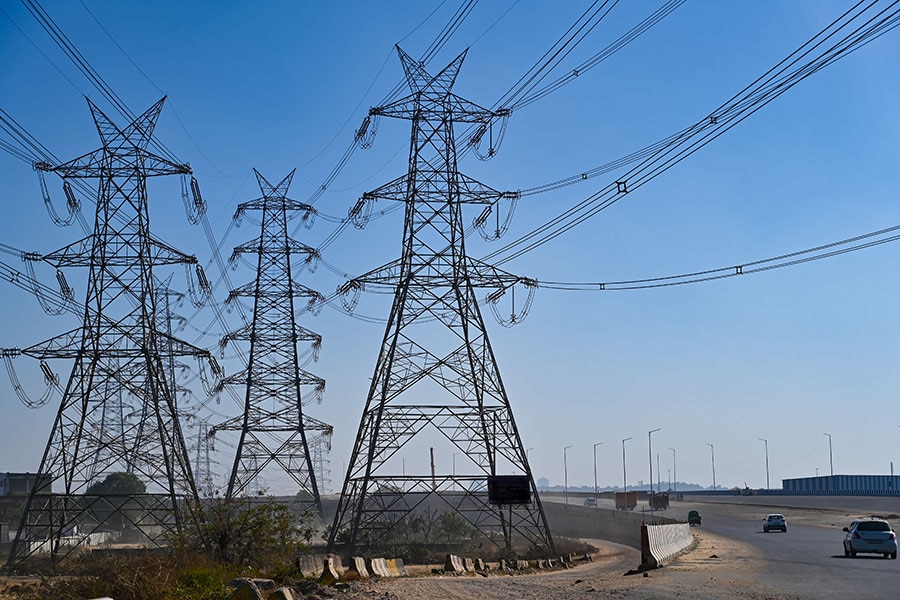Power Grid might execute energy interconnection projects in Oman, UAE and Saudi Arabia worth up to Rs 40,000 crore
Ravindra Kumar Tyagi, in his first media interaction after becoming the chairman and managing director of the public-sector enterprise in January, also announced a capex outlay of around Rs 2 lakh crore by 2032
 The allocation to the Ministry of New and Renewable Energy (MNRE) stands at Rs 19,100 crore in the Union Budget. Image: Shutterstock
The allocation to the Ministry of New and Renewable Energy (MNRE) stands at Rs 19,100 crore in the Union Budget. Image: Shutterstock
The Power Grid Corporation of India is exploring energy interconnection projects with Oman, Saudi Arabia and the United Arab Emirates (UAE), chairman and managing director Ravindra Kumar Tyagi said in a media interaction in Mumbai on July 29.
The size of these projects, which are subject to finalisations by the government of India and the governments of the respective countries in the Middle East, will be around 2,000-2,500 MW, which is estimated to be valued between Rs 30,000 crore to Rs 40,000 crore, and is to be executed over the next five years.
In his first interaction with the media since taking over the reins of Power Grid in January this year, Tyagi said the Maharatna public-sector enterprise has existing 4,750MW cross-border interconnections with neighbouring countries Nepal, Bhutan, Bangladesh and Myanmar.
These projects are part of the One Sun One World One Grid initiative by Prime Minister Narendra Modi to supply energy across borders. According to the Economic Survey 2023-24, India’s power grid has emerged as one of the largest unified electricity grids in the world.
The Power Grid Corporation of India, as per Tyagi, currently transmits about 45 percent of India’s power. He announced an estimated capital expenditure outlay of Rs 2,07,500 crore up to 2032, out of which Rs 1,90,500 crore will go to the transmission business, and around Rs 17,000 crore to solar generation, smart metering infrastructure, and data centres. The capex for FY25 is an estimated Rs 18,000 crore.


















